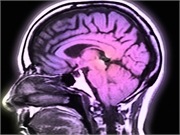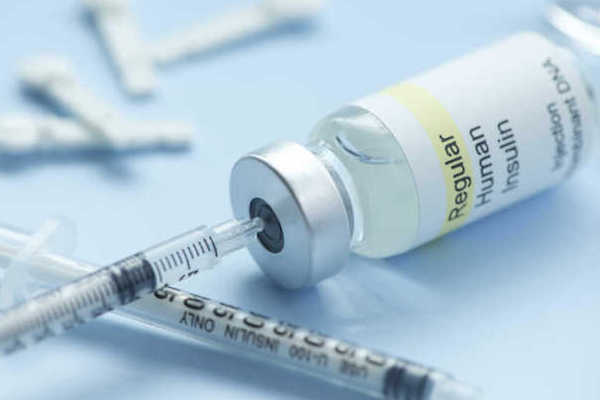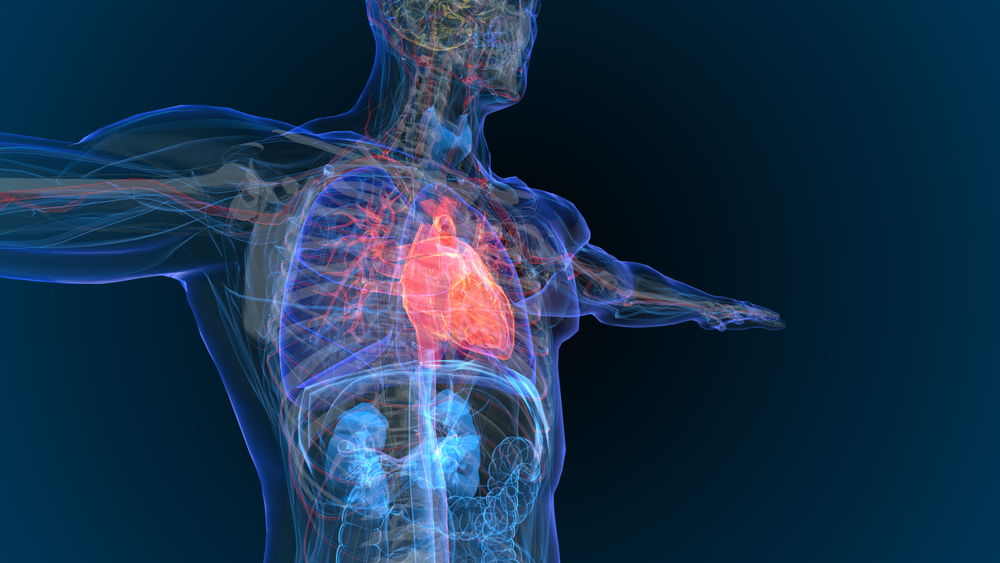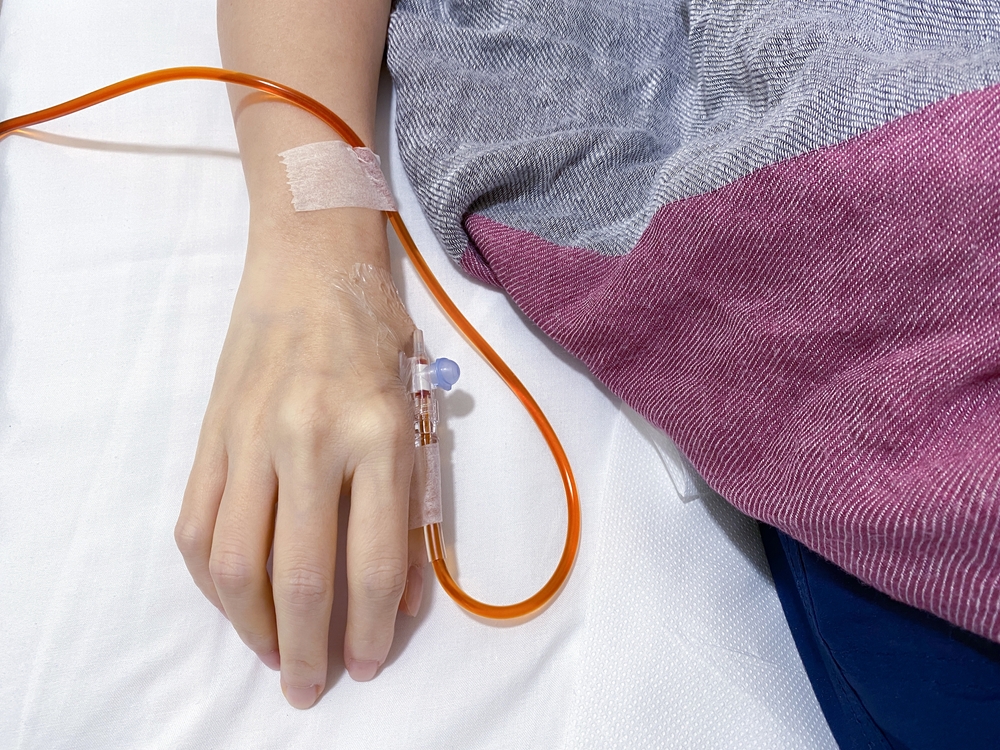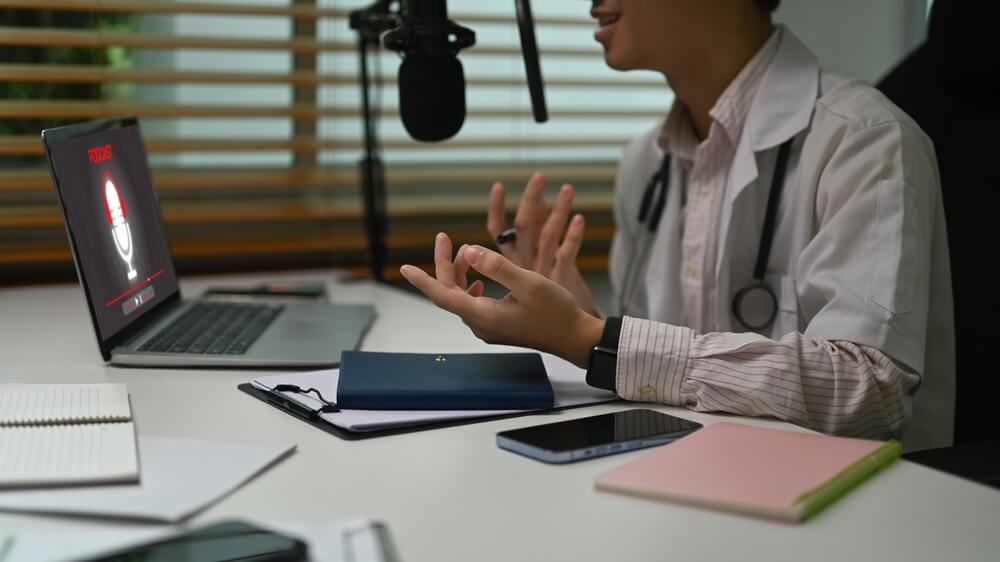Impairment of blood clot contraction both preceded and was predictive of postoperative venous thromboembolism (VTE), according to a new study.
Published in Nature Scientific Reports, the researchers for this paper enrolled 78 patients with brain tumors, 23 (29%) of whom were diagnosed with a postoperative deep vein thrombosis. They then performed a clot contraction assay (and other hemostatic and hematologic tests) one to three days prior to surgery, on the first day after surgery, and on the fifth to seventh days following surgery. They compared the results between two subgroups of patients (those with and without retrospectively diagnosed postoperative deep vein thrombosis).
The results suggested that patients had significantly suppressed clot contraction on the first day following surgery, and the differences in clot contraction parameters in both patients with and without postoperative deep vein thrombosis were observed in the absence of thrombosis up to five days prior to the development of deep vein thrombosis. To the authors, this “confirmed the known association of the clot contraction assay with ongoing venous thrombosis.” In the patients with deep vein thrombosis, the weakening of the contractions was more pronounced than in patients with benign tumors, atherosclerosis, hypertension, and those receiving steroids preoperatively and postoperatively.
“The main finding is that all four parameters of the clot contraction assay are significantly altered on the 1st day after surgery in the deep vein thrombosis patients compared to patients without future postoperative deep vein thrombosis, the authors wrote. “We conclude that the impaired blood clot contraction is a sign of forthcoming thrombosis, which suggests using the clot contraction assay as a prognostic tool for postoperative VTE.”
The authors recommended using the assay as an addition to other assays in the lab to enhance risk assessment.
“From a practical standpoint, the results of the clot contraction assay can complement other clinical, laboratory, and instrumental data in assessing the risk of postoperative venous thrombosis and suggest the necessity of medicinal and/or non-medicinal thromboprophylaxis.”
Credit: Original article published here.

